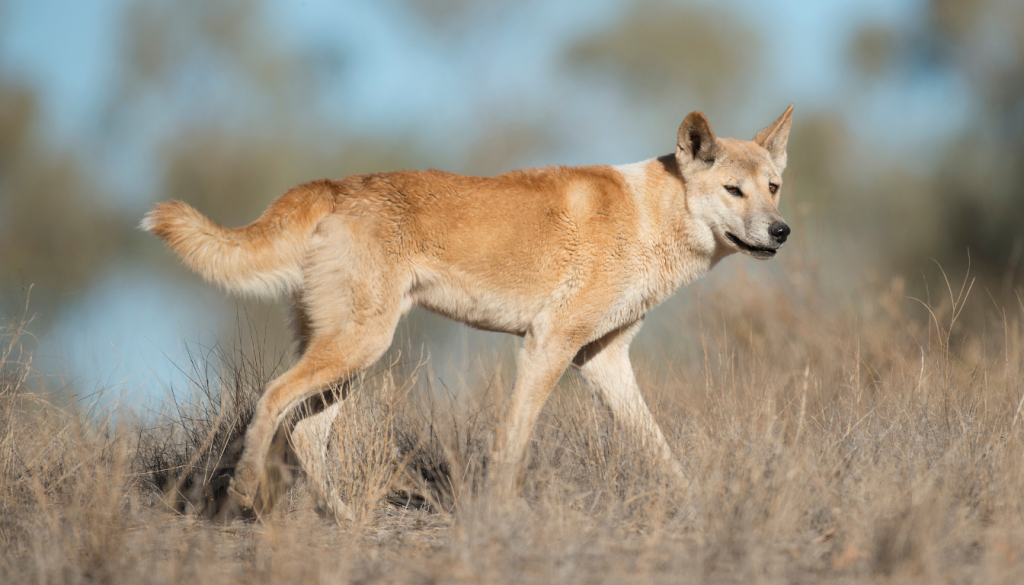Physical Address
304 North Cardinal St.
Dorchester Center, MA 02124

A groundbreaking study of ancient dingo DNA, co-led by researchers from QUT and the University of Adelaide, has uncovered that modern dingoes across Australia, including those on K’gari, predate European colonization and interventions such as the dingo-proof fence.
The study analyzed DNA from fossilized dingo remains dating back 2,746 years and compared it with modern dingoes’ DNA. This research revealed several key findings:
Dr. Sally Wasef, a paleogeneticist from QUT’s School of Biomedical Sciences and co-lead author of the study, highlighted the significance of this dataset in providing a rare glimpse into the pre-colonial genetic landscape of dingoes, free from any mixing with modern dog breeds. She noted, “Consequently, modern dingoes are behaviorally, genetically, and anatomically distinct from domestic dogs.”

The study also revealed that dingo populations were classified into east and west groups long before European colonization, challenging previous assumptions that these groups formed due to post-colonial human activities. This finding underscores the importance of ancient DNA for wildlife conservation, as it clarifies the genetic heritage of dingoes.
Dr. Yassine Souilmi, co-lead author from the University of Adelaide’s Australian Centre for Ancient DNA and Environment Institute, emphasized that the unique dataset of ancient dingo DNA has provided crucial insights into the ancestry and migration patterns of modern dingoes. He stated, “Dingoes had distinct regional populations, split roughly along the Great Dividing Range, long before the European invasion of Australia.”
The study also found less interbreeding between dingoes and modern dogs than previously thought, confirming that today’s dingoes retain much of their ancestral genetic diversity. Dr. Souilmi highlighted the cultural importance of dingoes to Aboriginal and Torres Strait Islander peoples and their essential role in the Australian ecosystem.
Overall, this research highlights the importance of protecting dingo populations, which are currently under threat from lethal culling programs. By understanding their historical population structure, we can better preserve the dingo’s role in Australian ecology and culture.